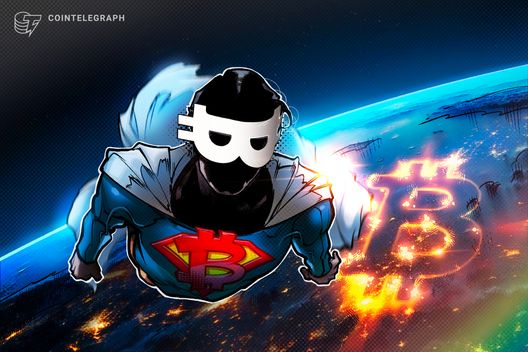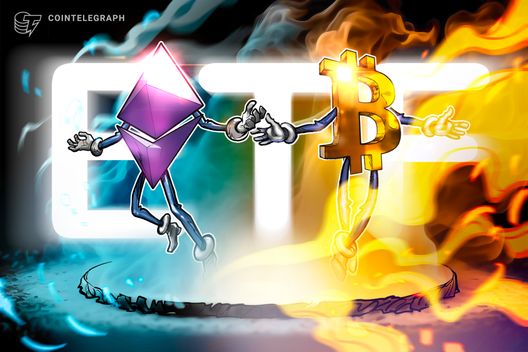A prominent chart analyst has indicated that Dogecoin's recent rally has encountered significant resistance, placing the memecoin at a critical support level that will influence its future momentum. Crypto analyst Kevin (@Kev_Capital_TA) shared a daily chart on social media on July 31, 2025, revealing that DOGE has retraced to approximately $0.22 after failing to maintain levels above $0.28.
Kevin emphasized the importance of Dogecoin holding this crucial support zone, stating, "As you can see, DOGE reached the macro golden pocket at the major resistance level of $0.26-$0.28 and faced a rejection, similar to the broader altcoin market after a notable move." He further explained that the price is currently retesting a significant support area between $0.213 and $0.189, which includes key daily moving averages, a weekly bull market support band, and the 50% Fibonacci retracement level. "If this zone is maintained, DOGE should bounce back higher. However, failing to hold could push the price down to the $0.14-$0.12 range," he warned.
The chart accompanying Kevin's analysis illustrates DOGE's movement into the $0.26-$0.28 "macro golden pocket," a term used by traders to describe a specific Fibonacci retracement range that often limits counter-trend price movements. His analysis points out that the rejection at this level aligns with a significant historical supply zone and a clearly defined resistance band that has persisted since earlier trading periods.
This recent decline has brought DOGE back to a cluster of essential support levels, which includes key daily moving averages, the analyst's "weekly bull market support band," and the previous swing's 50% retracement, all situated between $0.213 and $0.189. Such confluence of various technical indicators in the same price vicinity often creates a battleground; a strong defense can reinforce the existing trend, while a breach may lead to increased liquidations.
Community members challenged the analyst on the consistency of his outlook. One user, @SmRatul1994, pointed out a shift in tone, asking why Kevin's assessment had changed so rapidly. Kevin clarified that his guidance focuses on contextual factors and specific price levels rather than a strictly directional approach. He recalled advising followers to take profits at over $0.40 in December and recommending buys at $0.14 earlier this year, both of which resulted in significant gains. "Don't complain in the casino, buddy. I've been warning that Bitcoin and the altcoin market were at major resistance for over a week now," he stated.
Another user, @anthonyzamanz, highlighted the correlation between the market and Bitcoin, remarking, "It all depends on where Bitcoin goes." Kevin affirmed this connection, indicating that altcoins' performance is closely tied to Bitcoin’s trajectory. When a separate user humorously summarized, "In short, Dogecoin will go up; if not, it will go down," Kevin reiterated the core premise: "If those levels hold, it will rise; if not, it will fall. You were almost there."
The technical roadmap presented indicates a binary outcome. A sustained price above $0.213-$0.189 would suggest continuation, potentially allowing for another attempt at the $0.26-$0.28 levels that previously capped the recent advance. Conversely, a convincing drop below this range could lead to what Kevin terms the "shadow realm," with $0.14-$0.12 identified as the next significant demand zone. Currently, DOGE is positioned at a critical confluence of support, and bulls are challenged to convert the moving-average cluster and mid-range Fibonacci support into a solid foundation for any potential upward movement. As always in altcoin cycles, both the analyst and community members have highlighted that Bitcoin's performance will likely be a determining factor in Dogecoin's future.”
At the time of reporting, Dogecoin was trading at $0.205.











